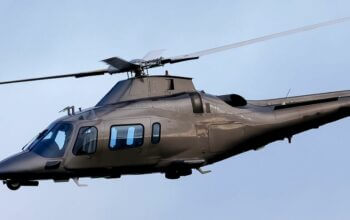Estimated reading time 5 minutes, 59 seconds.
A little over 60 years ago, a very special aircraft joined the ranks of the Royal Canadian Air Force (RCAF). The Hercules first flew in 1954, and was subsequently acquired by the RCAF in 1960. The aircraft has served Canada and Canadians quite well throughout its long and diverse history. If you consider that, when it was first designed and built, it had been barely fifty years since the Wright Brothers made their first heavier than air flight, it’s safe to say that the designers at Lockheed really got it right.
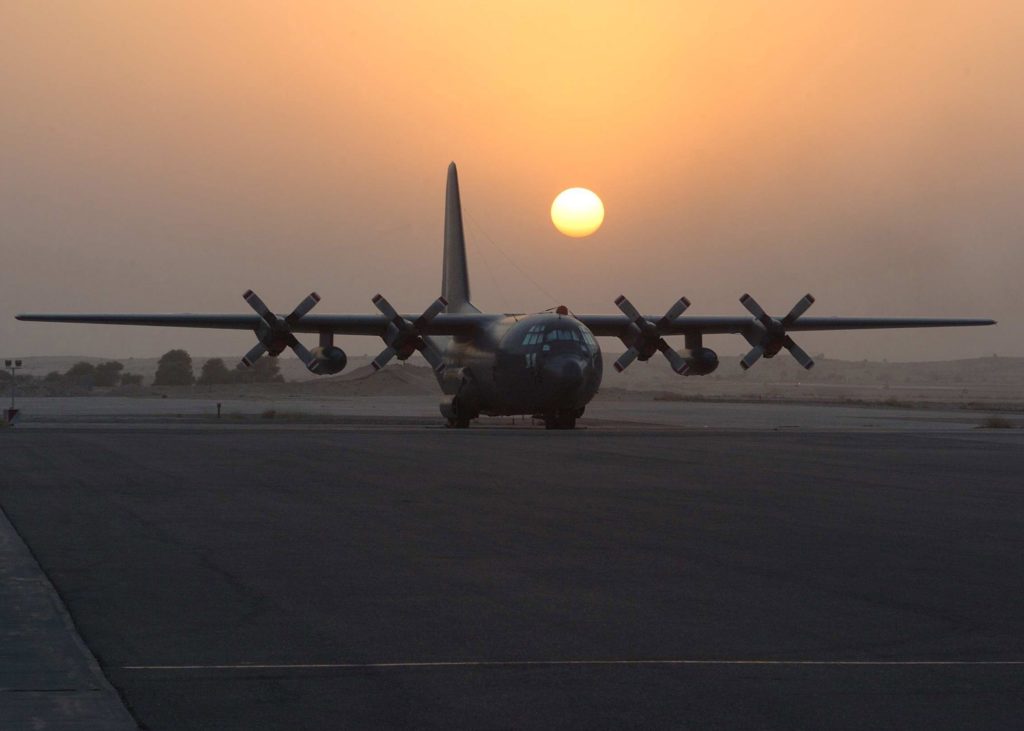
While the Hercules has benefitted from upgraded avionics and engines over time, most notably with the distinctive six-bladed propellers on the newest J model, the basic design of the aircraft has not changed very much.
In its transport role, the Hercules has carried just about anything and everything that you can imagine. For decades, it was the only way in or out of Alert. It’s very interesting to consider that just about all the infrastructure in Alert made its final delivery trip in the back of a Hercules.

Nationally and internationally, the sound of an arriving Hercules has often meant salvation to those in need. From flood and fire evacuations in remote Canadian communities to the delivery of aid in the wake of natural disasters, the Hercules has been the delivery truck of the RCAF. In its search and rescue role, the roaring Hercules has symbolized the sweet sound of survival for countless Canadians in need of rescue.
It was not built as a glamorous aircraft but one of utility. The large cargo ramp and door at the rear make loading and unloading of large cargo easy and also allow for the aerial delivery by parachute where landing isn’t possible or practical. A Canadian journalist once described the iconic red web seats as “being so uncomfortable that they must have been designed that way.”
Our Hercules aircraft have literally been around the world, in every continent except for Antarctica. Often an integral part of United Nations missions, the Hercules was pressed into service in countless missions in places very far away from home bases, carrying everything from jets, helicopters, fuel, food and soldiers.
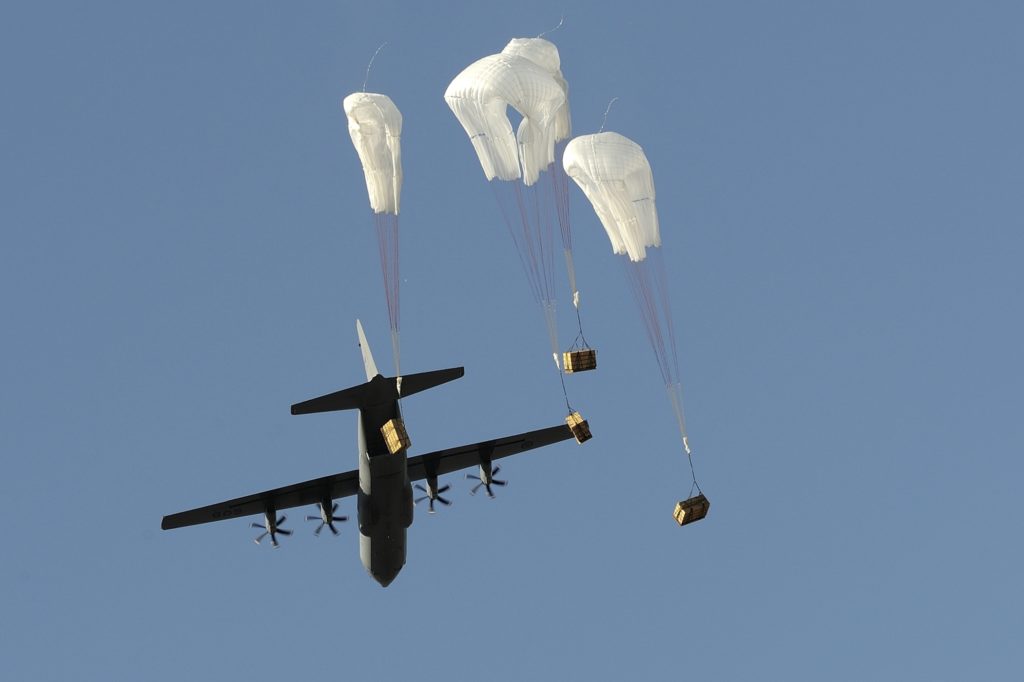
The aircraft that we fly today are not the same ones that arrived in 1960. Those B models which first served 435 Transport and Rescue Squadron and later the then 408 Tactical Support and Reconnaissance Squadron (now 408 Tactical Helicopter Squadron) were traded in 1965 for newer E models. These were slightly different in appearance with the large external fuel tanks between the engines. As time went on, however, additional aircraft were acquired, including H models, HT models for the air-to-air refuelling (AAR) role and the two stretched Hercules in the mid ’90s. As the fleet aged and the new millennium arrived, a fleet of the newest J model Hercules began to appear and the older E’s started to retire.
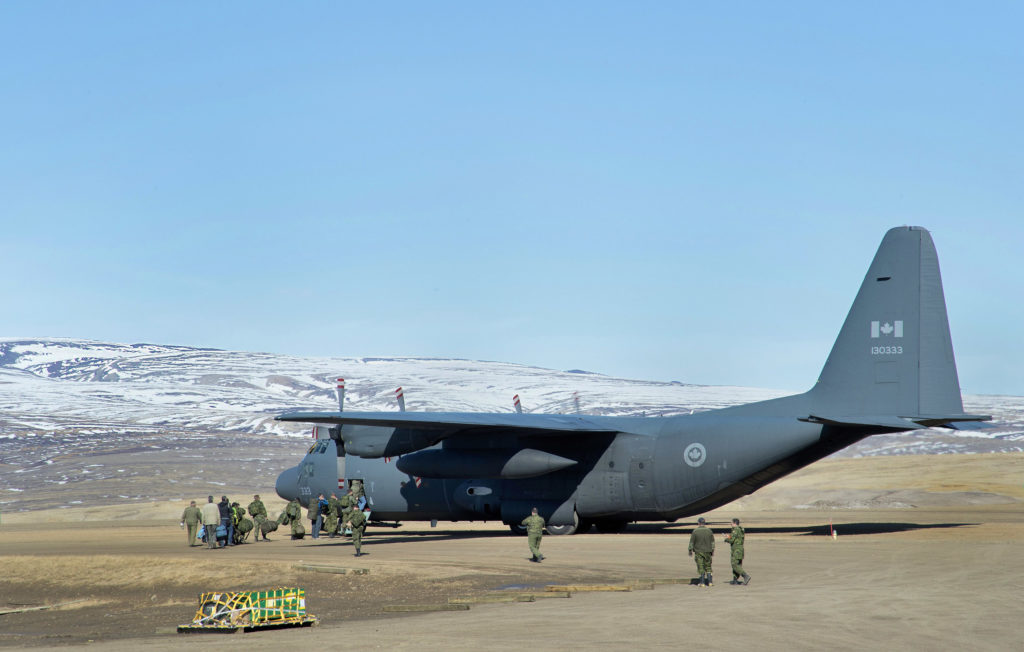
Since the Hercules has been part of the fleet for so long, there are fathers and sons who have logged hours in the same aircraft over time. A few years ago, a father-daughter team was part of a Hercules crew.
Today, the RCAF operates the H model Hercules in the SAR and AAR role and the J model in the transport role. As the new CC-295 aircraft comes online, a chapter in the book of Hercules will come to an end when the last H model retires. But the mighty Hercules will continue to fly in the skies of Canada and the world for years to come.
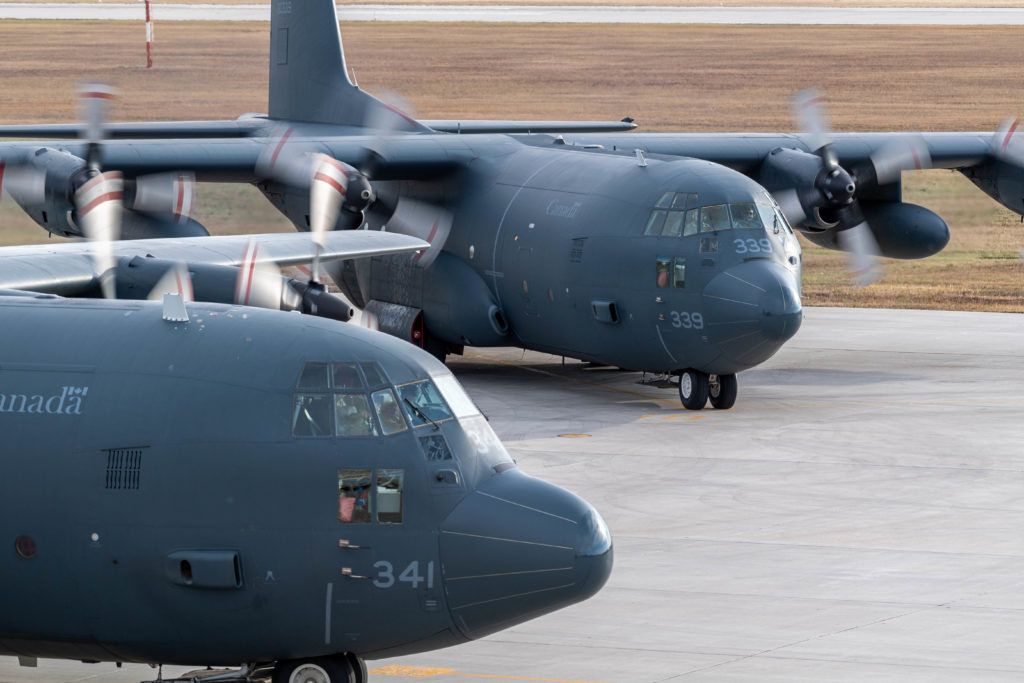
Editor’s note: This story was written by LCol Art Jordan, and was originally published by the RCAF. Jordan is the commanding officer of 435 Transport and Rescue Squadron.






